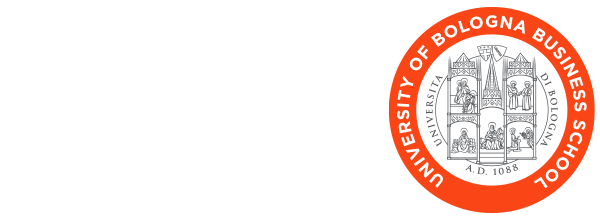
Only 15% of Italian companies has adopted sustainability-oriented product innovation practices. In recent years, however, there has been a marked improvement.
This is according to an analysis by the Osservatorio sulla Sostenibilità delle Imprese [Observatory on Business Sustainability] of the Centre for Sustainability and Climate Change at the Bologna Business School. The Observatory notes a positive evolution of these practices between 2018 and 2020, although building on a very low starting point.
Among the possible approaches to sustainability in business, the circular economy proposes new production paradigms in which the product must be thought of and designed considering its entire life cycle and its impact at the business and social level. There are five practices most widely adopted in the Italian industrial context and mapped by the study: eco-design, Life Cycle Assessment, dematerialization applied to product innovation processes, production techniques aimed at reducing environmental impact and energy efficiency in buildings. The prevalent practices in Italy concern the development of energy-efficient products, particularly in the construction sector, while the application of more complex practices related to Life Cycle Thinking (eco-design and Life Cycle Assessment, or LCA) are adopted by less than 10 percent of the companies analyzed, a percentage that has remained unchanged over the past three years. Dematerialization remains a business for a few pioneers, although, along with the development of energy-efficient products, it marked the largest increase in the three-year period under review, along with manufacturing techniques to reduce environmental impact.
But which and where are the Italian companies most committed to adopting sustainable product innovation practices? Companies based in smaller regions, such as Molise and Valle d’Aosta, appear more engaged with these issues, compared with those in larger regions. And the Center-South (Marche, Abruzzo and Campania) has developed more Life Cycle Assessment studies than the North. The biggest differences emerge mainly among industrial sectors. Those considered to be big polluters, such as paper and cardboard, rubber, maintenance of metal products, leather and hides, power generation and distribution machinery, or closer to the end consumers, such as beverages and agribusiness, are also those most engaged in Life Cycle Assessment practices. Partly this is because they have been exposed to more stringent regulations for longer, and partly because of the need to legitimize themselves to the end consumers.
LCA can be used both as a managerial tool, on which to base eco-design performance evaluation, and as a communication and marketing tool. The adoption of these practices at the corporate level is reflected in the increase in product certification through the Environmental Product Declaration (EPD). Obtaining this certification requires significant investment on the part of the company, but it also offers a competitive advantage, since it allows access, for example, to the public administration’s Green Public Procurement, an important market outlet given the weight of the Public Administration purchases (amounting to 17 percent of gross domestic product in Italy). Along with this, the new Procurement Code (Legislative Decree No. 50/2016 as amended and supplemented) with the introduction of Minimum Environmental Criteria and supports for energy efficiency in buildings are strongly boosting the adoption of these practices. The proof is in the fact that EPD certifications more than doubled in Europe, from fewer than 5 thousand to more than 10 thousand, between 2018 and early 2021. In Italy, EPD has registered 156 products. Companies engaged in LCA aim to enhance their efforts by registering more than one product. In this area, the prevalence is in northern Italy, particularly Lombardy, Emilia-Romagna and Friuli-Venezia Giulia. The top ten companies are medium-sized, with 559 employees and a turnover of 280 thousand euros. The impact of the introduction of Minimum Environmental Criteria rules is evident: these Top 10 belong to construction-related sectors, such as ceramics, cement, metal products and building materials in general, with a particular focus on materials that improve the energy efficiency of buildings, such as insulation materials and modules.
The conclusion of the Observatory on Business Sustainability study is that the next steps to extend these sustainable practices to a wider range of organizations will have to be taken at different levels. Companies will need to engage in training on management tools, such as LCA, to improve the sustainability of new products, develop integrated and multidisciplinary design strategies, and broaden the scope of product design to include the impacts generated. At the industry ecosystem level, networks need to be created and success stories shared. Public policies will need to incentivize these efforts through, for example, the introduction of tax credits and promotion of market opportunities, following the path already laid out with the Green Public Procurement.
But it should not stop there, according to the Observatory report: following the successes achieved on the environmental front, tools that take into account the social impact of products (such as the Social Life Cycle Assessment) should be developed to ensure a more comprehensive sustainability.



